Sigmund Freud described Sicily as ‘the loveliest region of Italy: a stunning orgy of colours, scents, and lights… a great delight’. The island has been able to preserve its charm up ’til this day. Soak up Sicily’s ‘Godfather’-like atmosphere while driving around the vineyards and orange groves, through nature reserves and hilltop villages. This island is without a doubt a splendid destination for a road trip; though you might need to get used to the Italian driving ‘style’. Are you starting in Palermo? Then check out this page!
Below 11 places where to go if you want to explore the east and south of Sicily. You’ll need some 10 to 14 days to enjoy it all:
Stromboli
If a child would draw a volcano, you’d probably see a very accurate reflection of the Stromboli; a perfect cone rising dramatically from the sea. Its center has been erupting almost continuously since 1932. Being on the island (the fabled seat of Aeolus, Greek ruler of the winds) feels like stepping into a different world, or at least on the edge of this one.
Despite the volcano’s threatening presence, or maybe because of it, Stromboli keeps on attracting people willing to live here. It’s not difficult to imagine why; white-washed villas, colourful alleyways, ever present bougainvillea and the stark black beaches with volcanic rock formations all make up for pretty postcard pictures. But life on the island is tough: food and drinking water have to be ferried in, there are no roads and therefore no cars, buses or trains. Neither are there lights on the streets at night, which positively makes star-watching and eruption-watching into a fine experience.
Want to read more about the village, click here!
Cefalu
Cefalu’s setting is absolutely spectacular. The small ancient fishing port rests in front of a huge limestone crag. If you’re up for it, you can climb the stairs to the top and enjoy some breathtaking panoramic views over the city and its surroundings, stretching as far as Palermo.
Though Cefalu might not have the status of Taormina, it has buckets full of ice creams shops, narrow streets and charming piazza’s. The town has even been featured in several Italian films, so why not make it your own film set for a little while during your trip.
Castiglione di Sicilia and Francavilla di Sicilia
Castiglione and Francavilla di Sicilia are quaint, charming cities with an authentic Sicilian feel that is less touristy than some of the surrounding areas. The cities are close to one another, have a rich history, narrow winding roads and alleys, churches perched on hill tops, and are surrounded by Etna’s magnificent vineyards. Worth a break. From here it’s a 40-minute drive to Taormina.
Gole dell’Alcantara
So not a town, but a natural spectacle this time: the Alcantara Gorge. This place is located on the north slopes of Mount Etna and is little known by tourists (yet). Locals on the other hand go here often to cool down during the hot Sicilian summer months.
You can park your car nearby the site. While climbing down the stairs you easily enter the Alcantara gorge, were you can have a refreshing bath. The landscape at the bottom is wonderful; you gaze into the deep gorge where fast flowing clear waters rush through the valley and its fascinating geology. All in all a lovely spot to spend a couple of hours.
Taormina
Taormina is an ancient town, which has drawn visitors from all over the world for many, many years. After it became the favourite tourist destination of many European nobles and artists in the 19th century, the town turned into THE hotspot of entire Sicily.
Once you walk the little alleys that are sides with colourful houses, charming balconies and flower you’ll indeed understand why people are charmed by the atmosphere. Taormina is already lovely by daylight, but in the evening the town’s beauty grows to real mythical proportions: the town strategical location offers some splendid views over the turquoise water of the Naxos bay, vineyards, the majestic Mount Etna in the background and the Ionian coast. While staring in the distance on a balcony or observation point it’s like you’re delightfully trapped in a painting of Lawrence Alma Tadema.
Siracusa
Siracusa in the south east of the island has been inspiring people for ages. Cicero said it was ‘the greatest Greek city and the most beautiful of them all’. Another ancient celebrity, local mathematician (and inventor of the catapult) Archimedes, ran naked into its streets shouting ‘eureka’ after his discovery about volume upon stepping into the bath.
Indeed, the pedestrianised streets of the peninsula that is Siracusa, have a sparking feature. And it’s not just because of its welcoming locals. The blue waters around the city walls, the cobbled lanes, small and iron balconies above your head, huge light-toned piazzas and enormous churches are great for an afternoon of exploration. And if you come in here hungry you’re a lucky person too; there’s a big deal of delicious food to be found in the city. While you’re here, taste the sweet pastries, shiny sardines and freshest ricotta in the little deli’s and cafes that are all around.
Noto
Noto is the most stunning baroque town in Sicily – full of little streets, sandstone churches and great restaurants. Completely destroyed by the uncompromising 1693 earthquake, the city was rebuilt from scratch on a new site, about 10 km from the old centre. Though old Noto may no longer be around, the present day city has much to offer.
The city is especially hypnotically around sunset, when the entire colour and appearance of Noto’s buildings change as the sun wends its way through the streets. The reason for the change in color is due to the local limestone used in the rebuilding process. It’s as if you’re walking around an Italian film set, once more.
If you don’t want to stay in too many places – that is moving your stuff around too much -, Noto would be your perfect base in this southeast corner. From here it’s easy to visit the other towns of the Val di Noto (Caltagirone, Catania, Militello, Modica, Palazzolo Acreide, Ragusa and Scicli), that earned a spot on the UNESCO World Heritage Site List.
Spiaggia di Cala Mosche
Not a city, but a bit of “off the beaten path” beach time in between! Calamosche is situated within a natural cove with a crystalline sea. Located south of Noto, this beach is part of the Riserva Naturale Orientata Oasi Faunistica di Vendicari.
First and foremost: it’s not easy to reach Calamosche. The drive to the car park is a bit of a hassle, since the roads are narrow. Once parked, the beach itself is around a 25 minute walk from the entrance. Personally I thought Calamosche was really worth the trip. The beach is very hidden, with no cars or cement blocks surrounding it and therefore a welcome contrast to the commercial beaches in the area. We were there in the beginning of June in the afternoon, and there weren’t that many people around. But perhaps during July and August the beach can be quite busy, ye be warned.
That said, the beach itself is very pretty and the water is lovely to swim in. Cool down in the bright water, though be aware that you’re not on your own in the see; sea urchins, massive schools of fish and rays will keep you company, so don’t forget your swim goggles!
Pachino
Leaving the beach, after rows of tomato plants and enormous vineyards, you’ve come almost to the extreme southeast corner of Sicily. On that edge, the small wine town of Pachino is waiting for you.
Pachino is worth a ride through town. But is especially the eight kilometers of beach stretching along the Ionian coast near Pachino that you might want to explore. Small fisher boats, ice scream shops and white sand are all you need during your road trip pit stop.
Modica
Once you arrive in Modica, your eyes will have difficulties to choose where look first; all of its baroque churches, bustling streets and small piazzas aren’t exactly lined up logically.
Modica is built around a junction of steep valleys, with the medieval quarter of the town – Modica Alta – on a ridge in between. The lower part of Modica – Modica Bassa – is busy, heavily-trafficked and thriving. Parts of the upper town still have that old charm of a Sicilian village years gone by; other parts are smartly renovated and restored.
From up here follow your nose through the narrow lanes and staircases to the lower slopes. Downtown it’s unescapable smelling the scent of cocoa and exotic spices. Unexpectedly, Modica has been the Sicilian heart of chocolate making since centuries. Walk for a taste of it to the Antica Dolceria Bonajuto, which dates back to the 1880s, and is still run by the family who founded it. Italian, chocolate, atmospheric city, cobblestone streets; what’s not to like in Modica!
Ragusa
Coming from Modica, the sight of churches, old houses and palazzi piled on top of each other, on the edge of a cliff in this town, is quite extraordinary. Although mediaeval from a distance, the Ragusa’s center is actually very baroque.
Ragusa’s breathtaking location did not go by unnoticed. Ragusa is again one of the eight cities in the Val di Noto, listed on the UNESCO Word Heritage Sites. Just like Modica, he town has two distinct areas: the lower and older town is called Ragusa Ibla; the upper town Ragusa Superiore. The two halves are separated by the a deep ravine – the Valle dei Ponti. While the upper part has a great deal of architectural delights, the Sicilian charm is to be found in the lower part.
Caltagirone
One of the most popular artistic elements of Sicily is ceramics. And while traveling Sicily, I don’t think there’s any city more into that trade than Caltagirone. Walk through the streets, and you’ll notice colourful tiles, robust heads and other ceramic items around every corner.
Point of focus in town is the 142-step staircase that connects to old to the new part of the city. Every piece of it is decorated with a unique and colourful design – the so called majolica tiles – making the steps impressive at any point during the year. However, during the last two weeks of May, the stairs become even more incredible as they are decorated with flowers and illuminated with candles to form a mural design up the entire set of steps. They call it the Infiorita festival.
Only two months later on the nights of July 24th and 25th, the stairs are once again bedecked, this time to honour the patron saint of the town, St. James. The flickering lights playing off of the thousands of unique tiles give a spectacular performance in the small town.
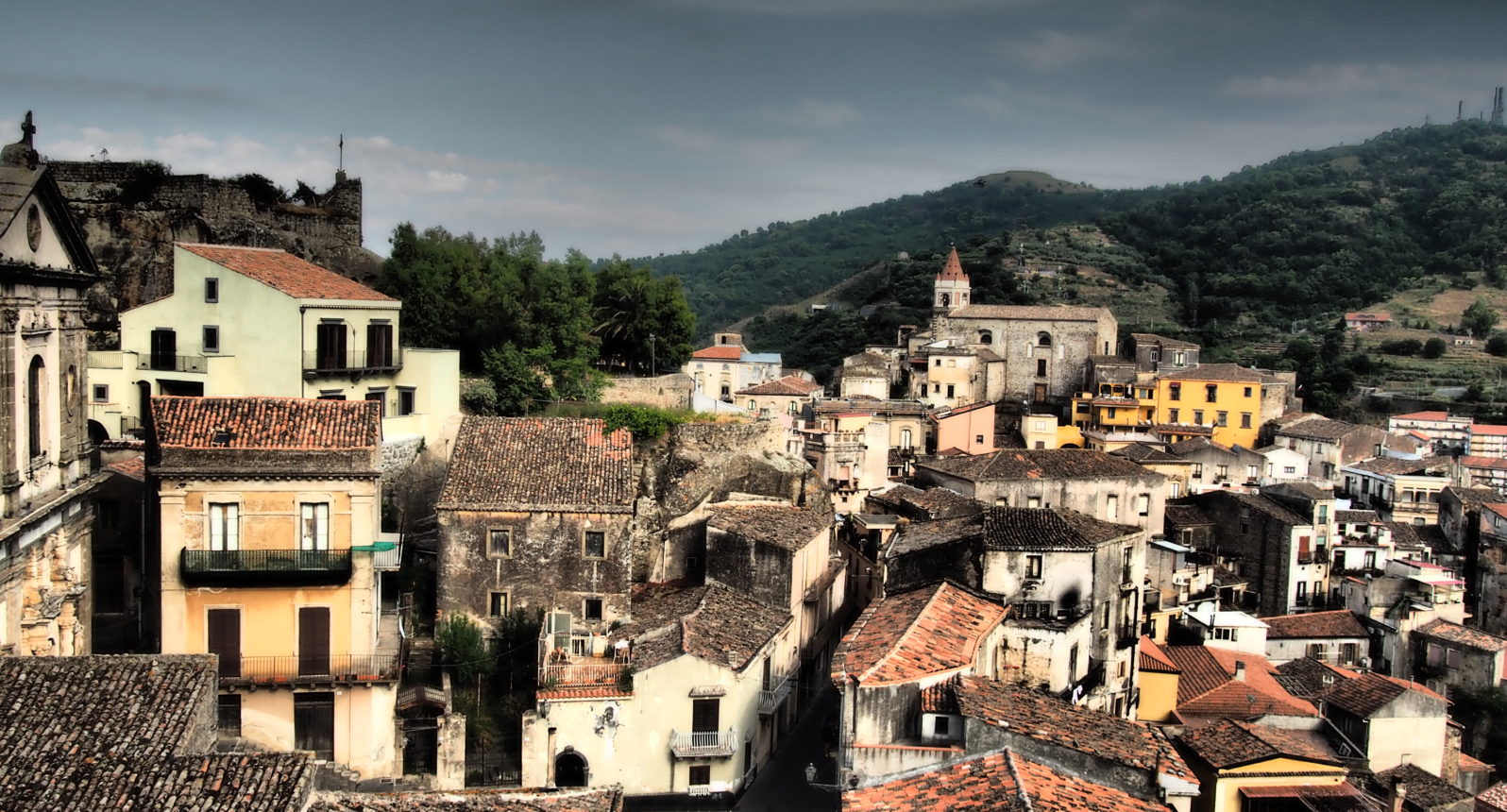
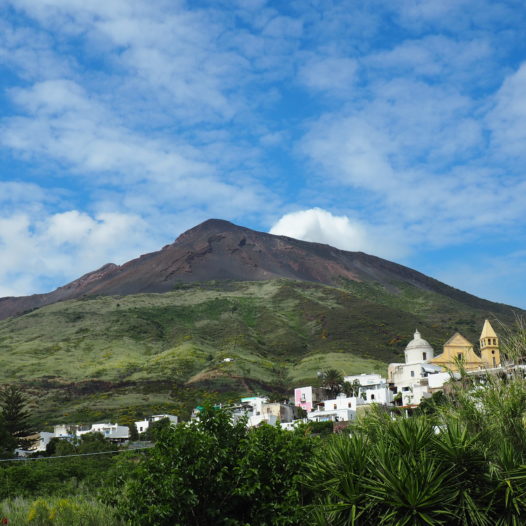
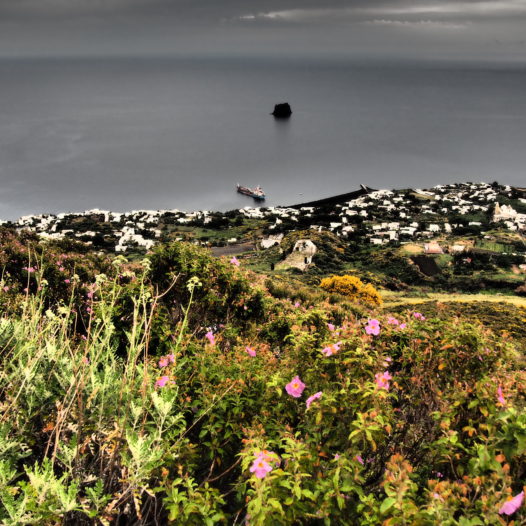
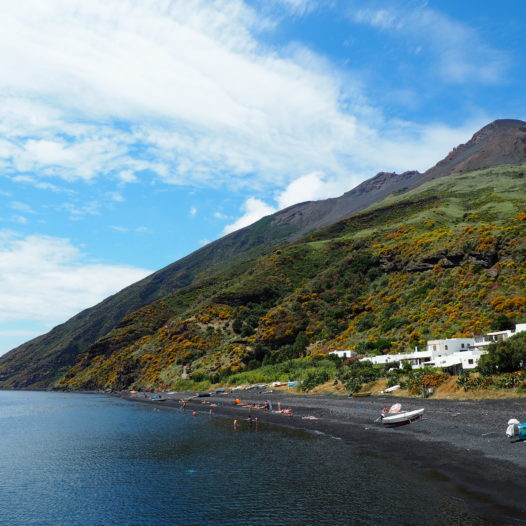
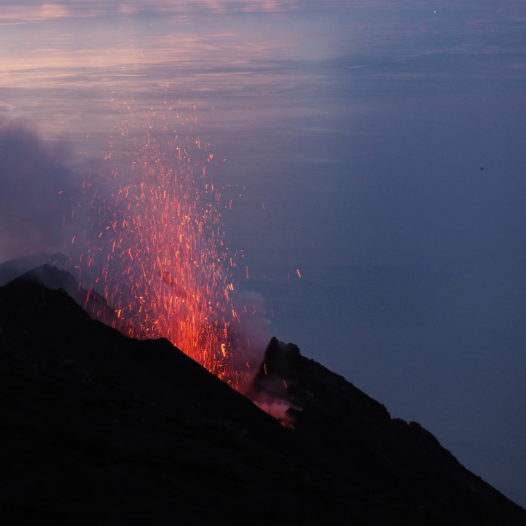
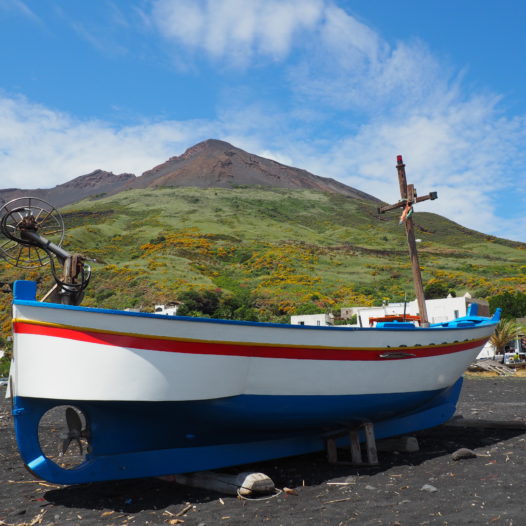
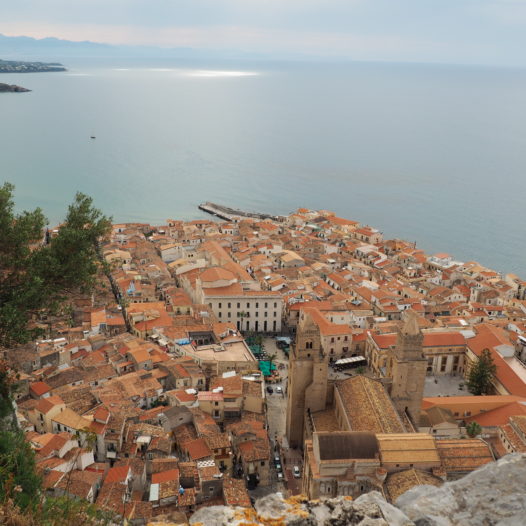
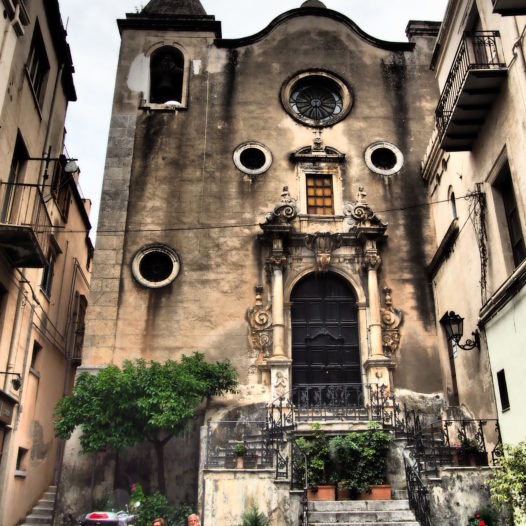
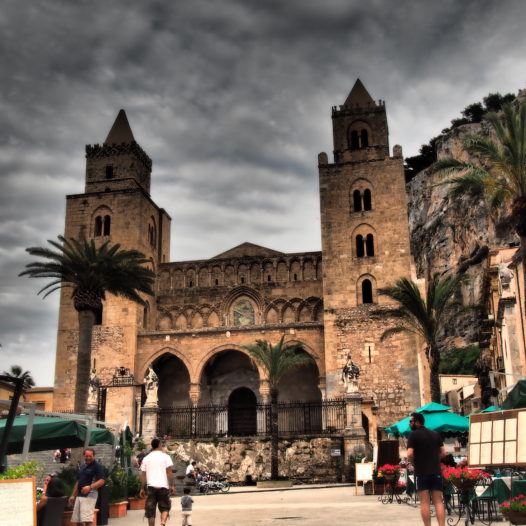
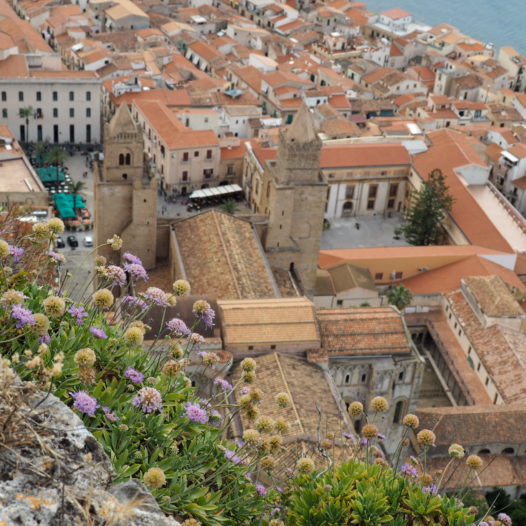

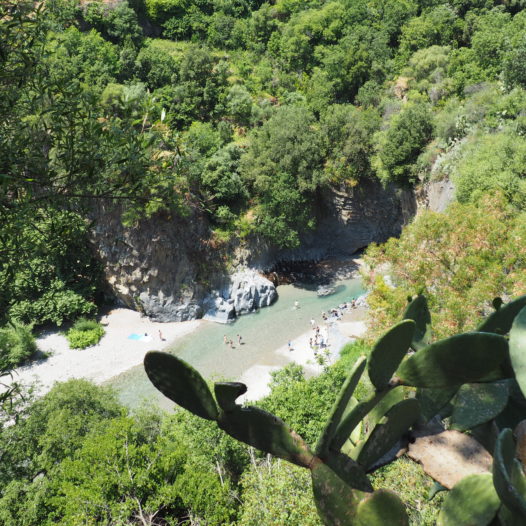
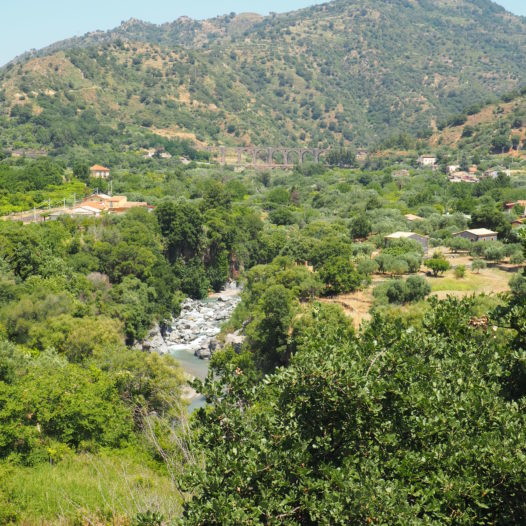
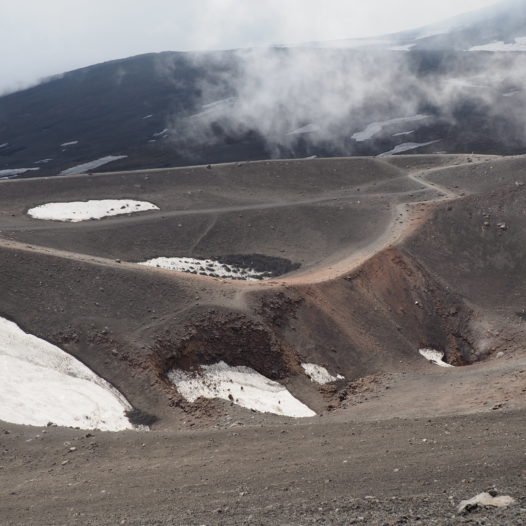
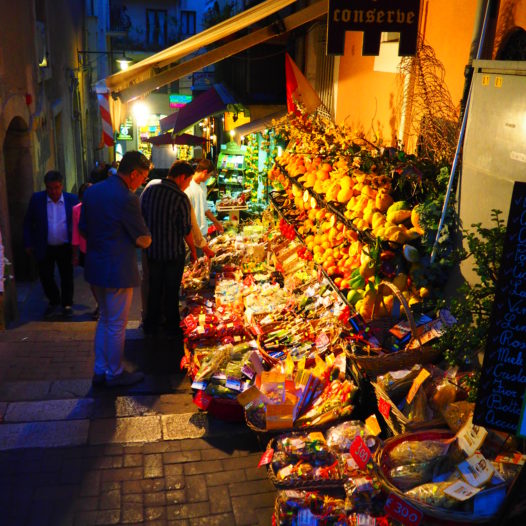

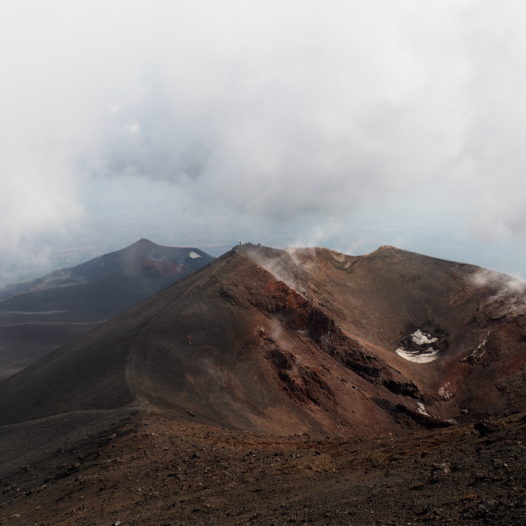
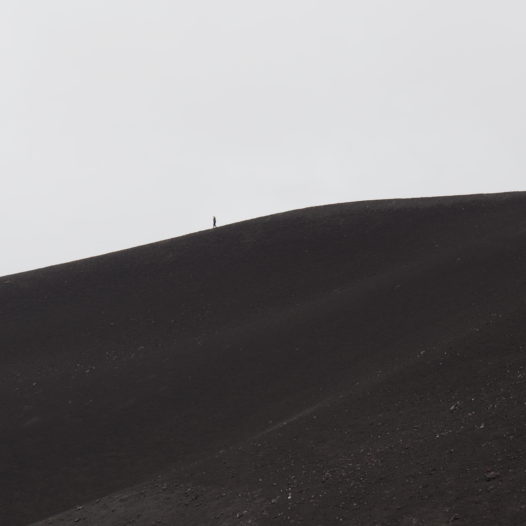
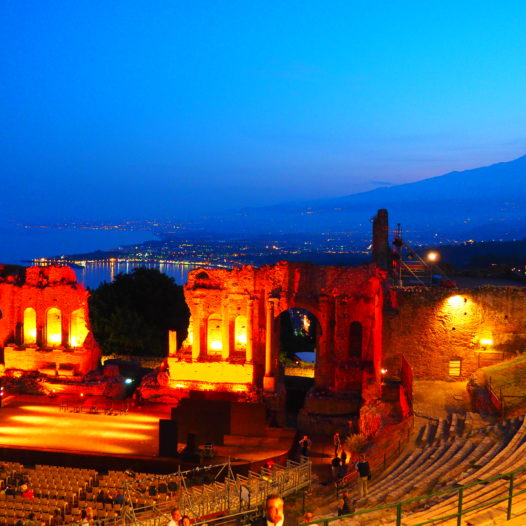
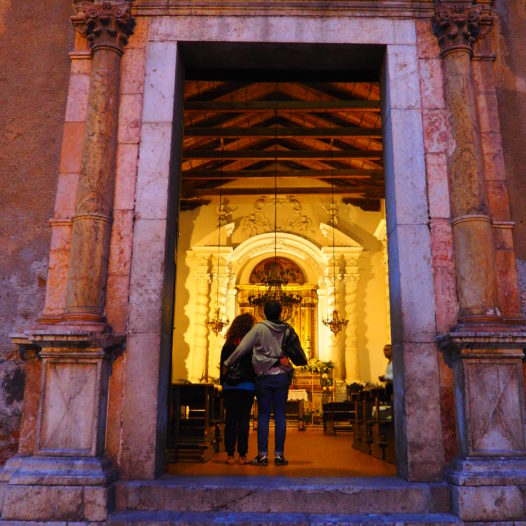
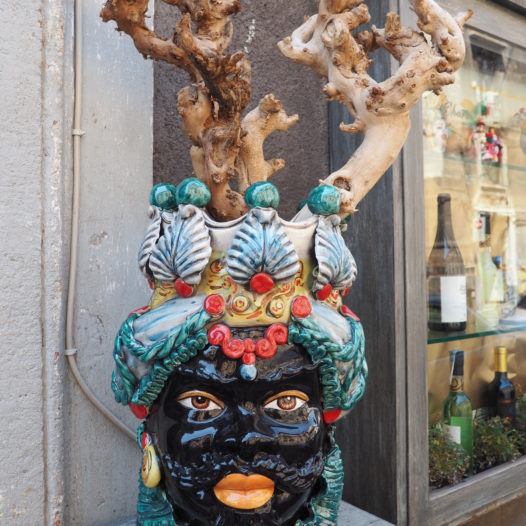
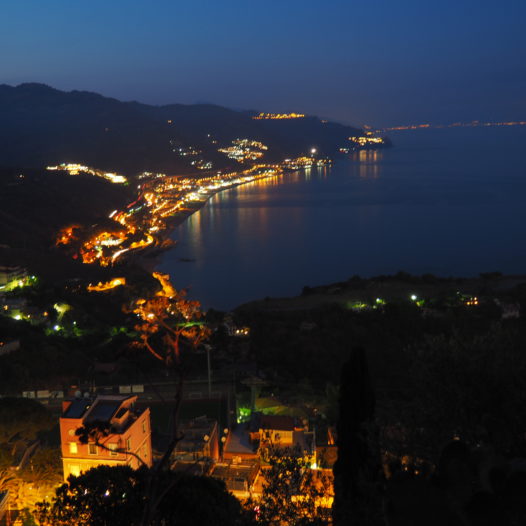
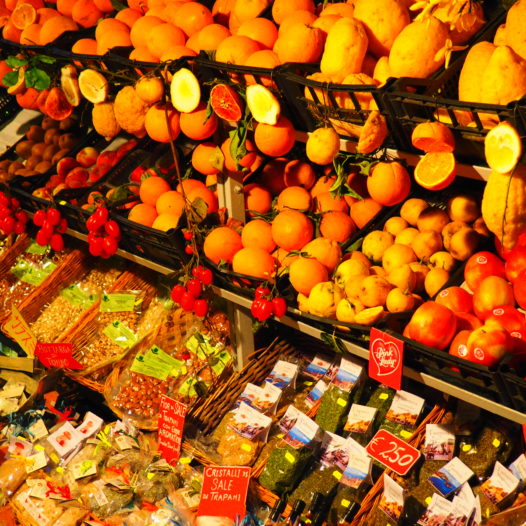
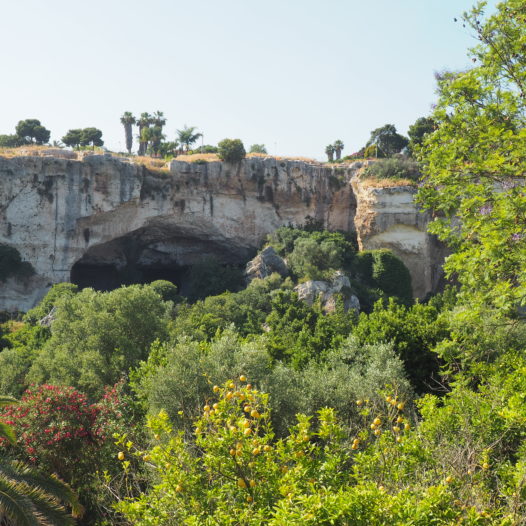
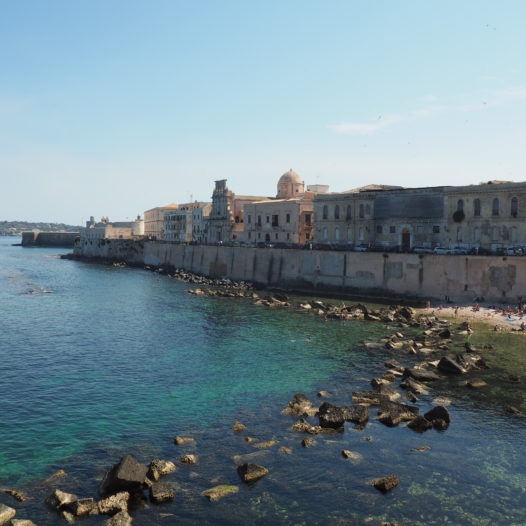
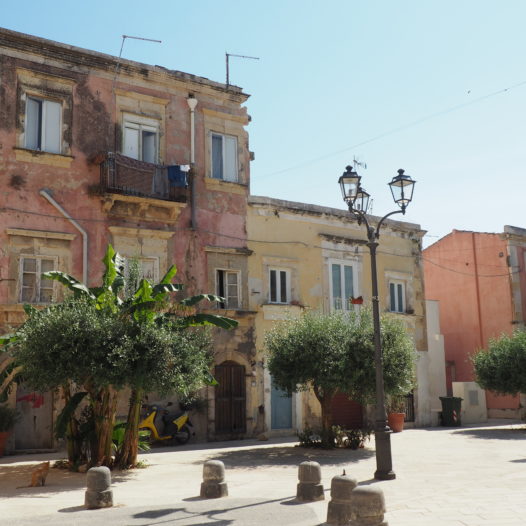
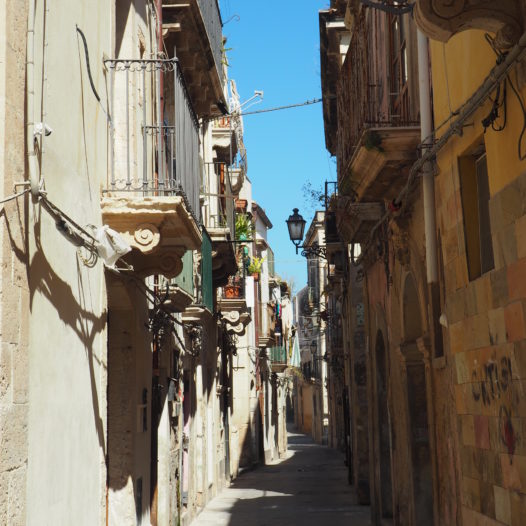
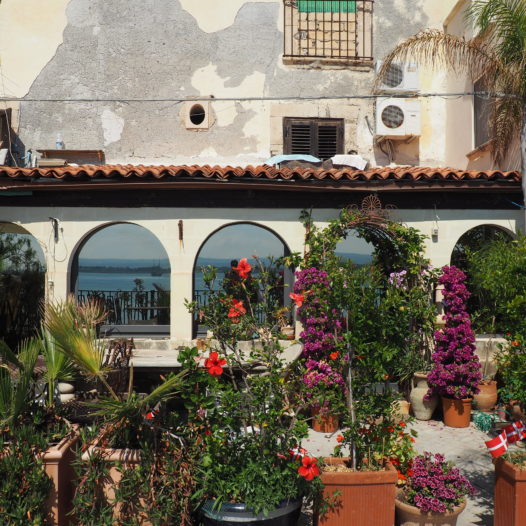
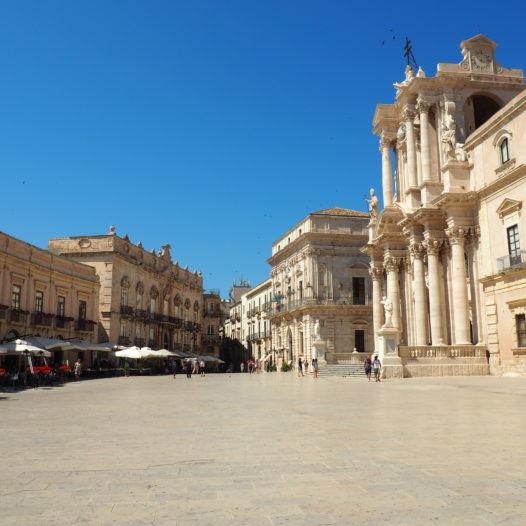
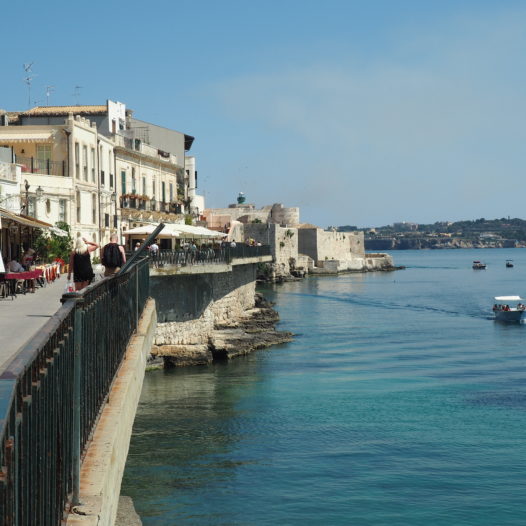

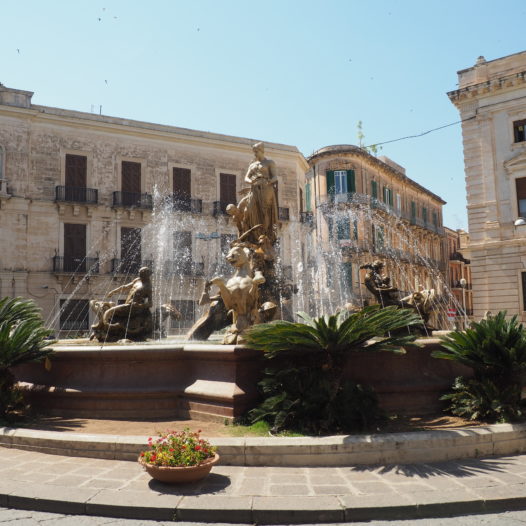
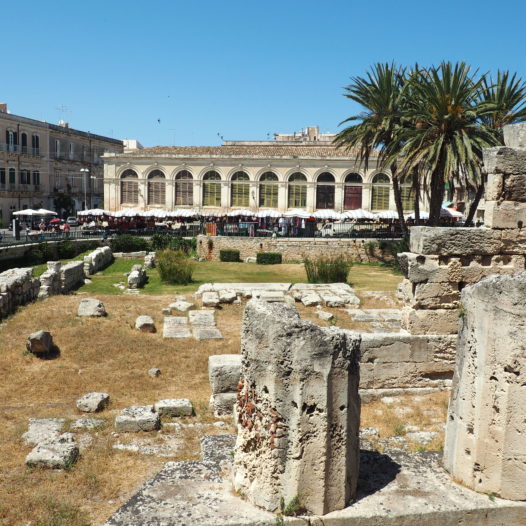
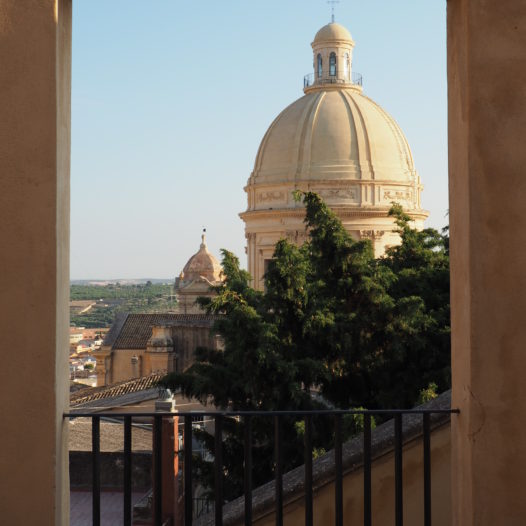
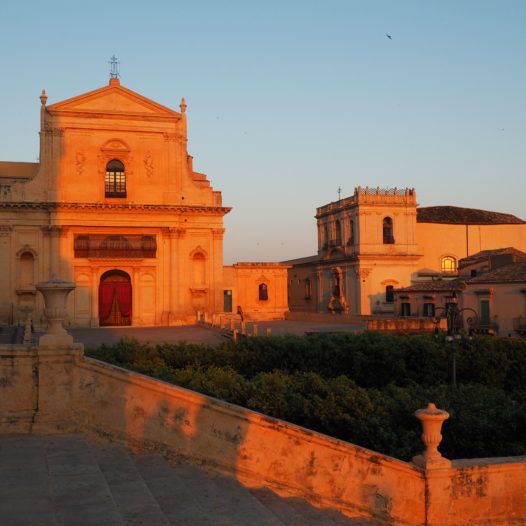
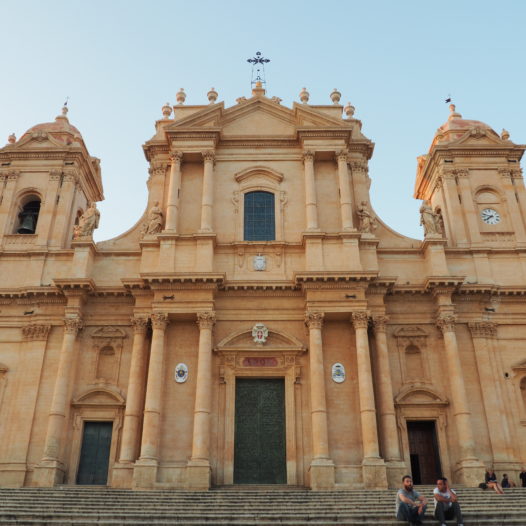

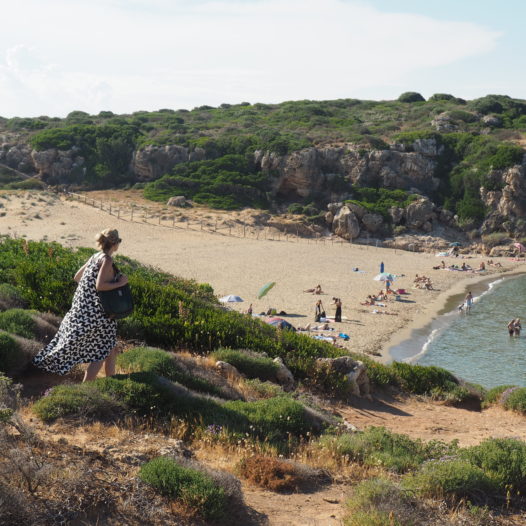

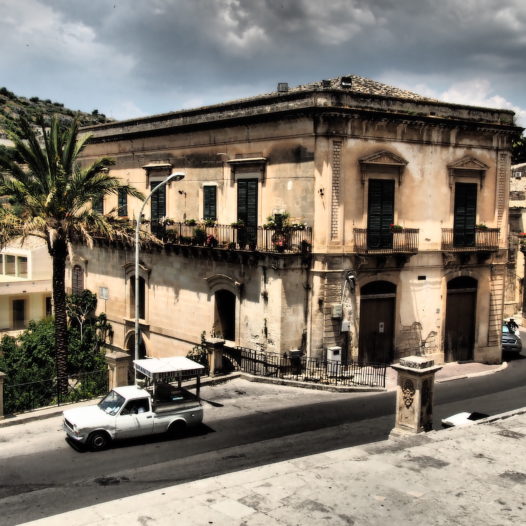
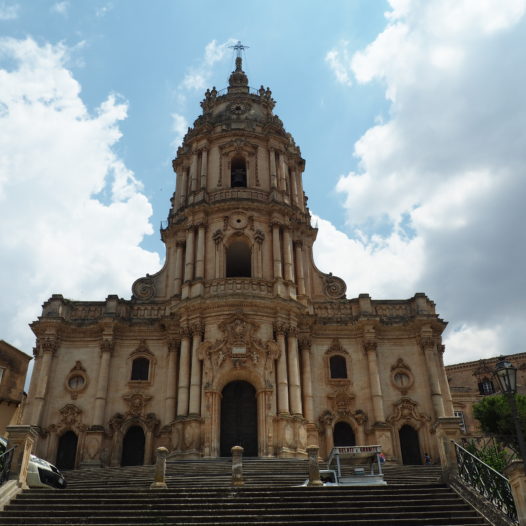
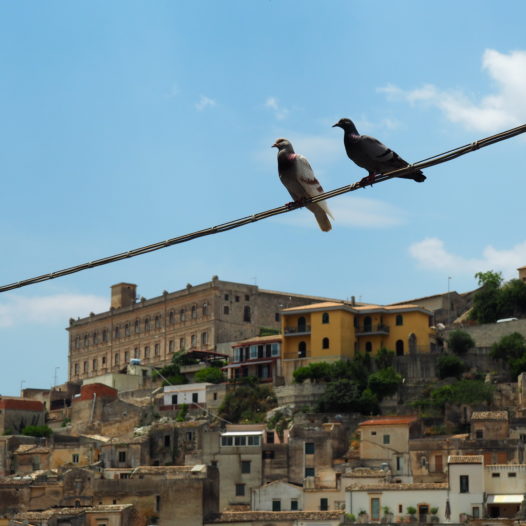
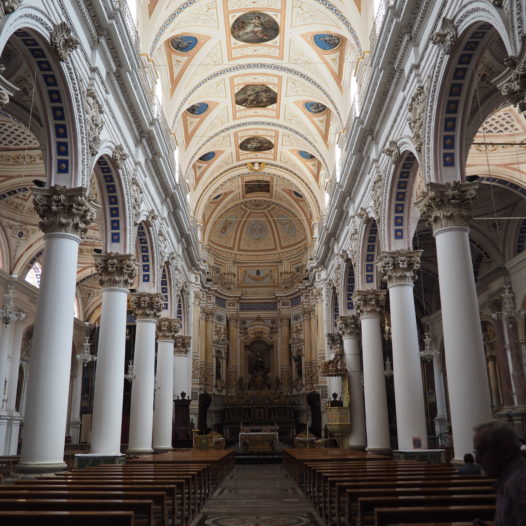
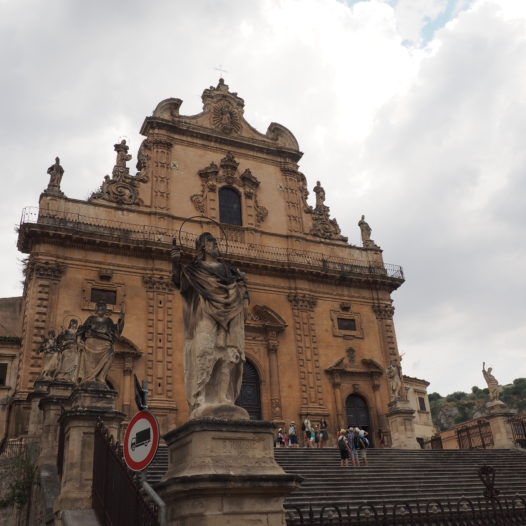
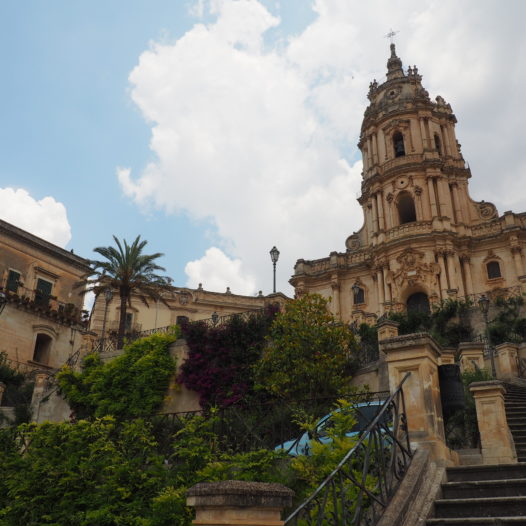
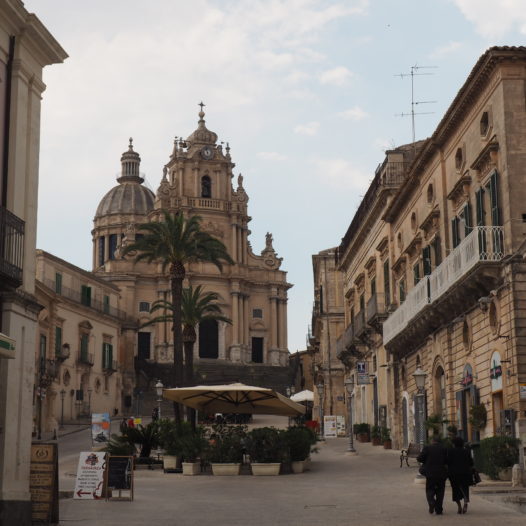
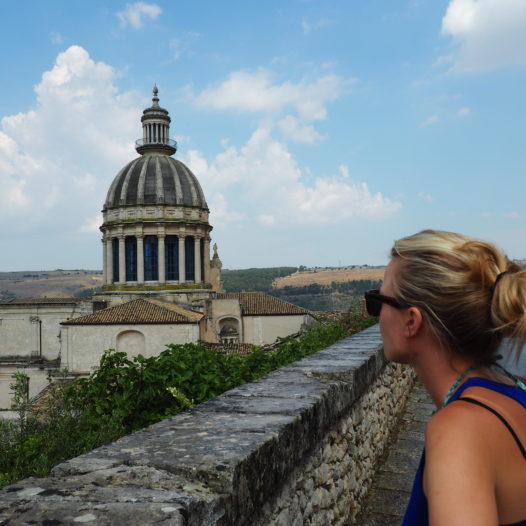
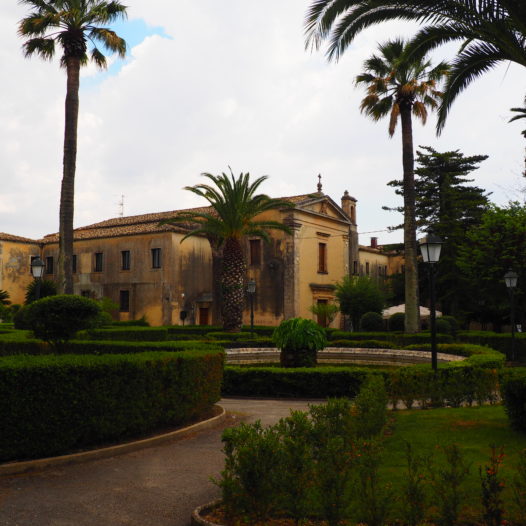
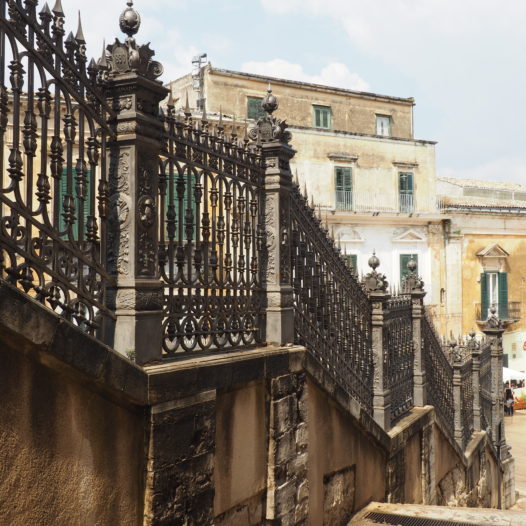
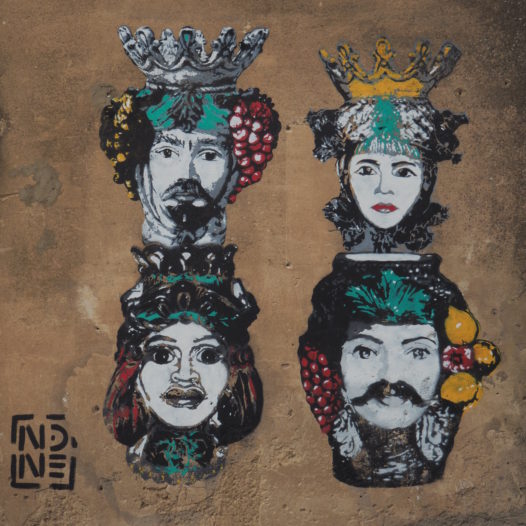
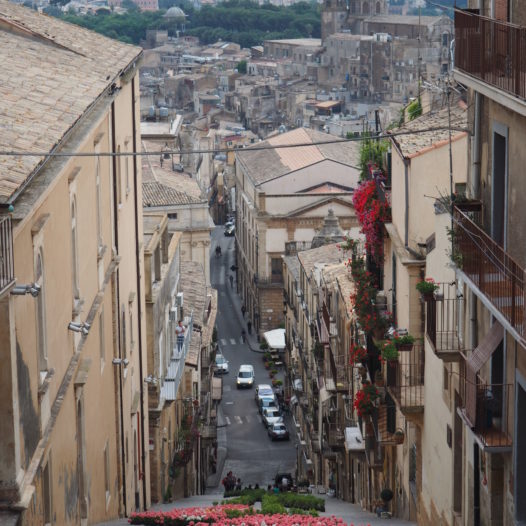
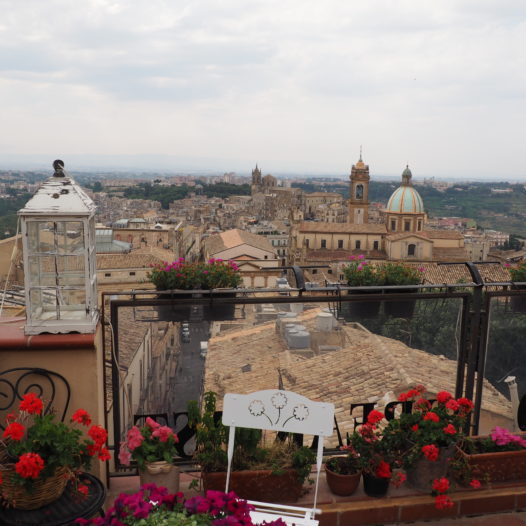
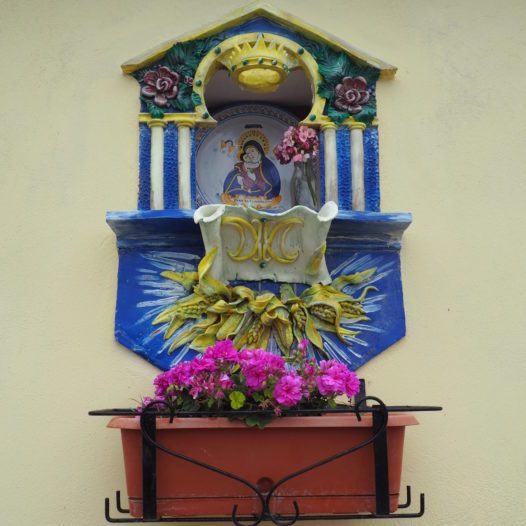
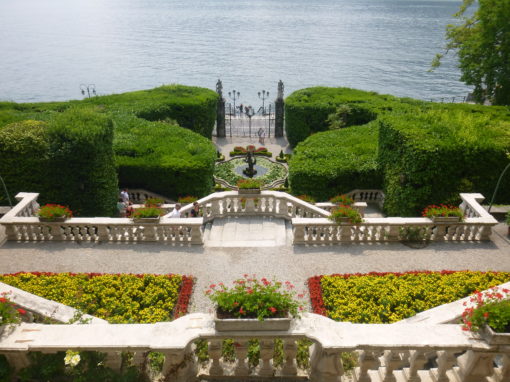
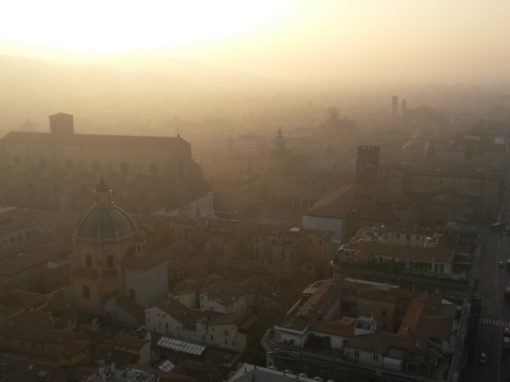
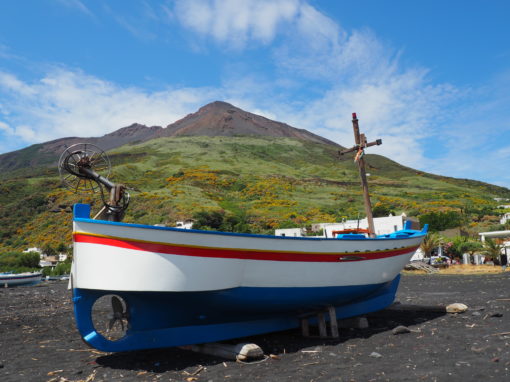

Reta Bird
September 7, 2019 at 12:36 am
We are a 60 year old fit couple who want to come to Scilly in May and stay in a village and get the feel of the culture,love ltalian cooking and walking.We want to drive our own car and have about one week to maybe move twice inthe week.
Cefalu and Taormina have been suggested.
Would like some ideas please.
Kristel
September 7, 2019 at 1:18 am
Hi Reta,
What a great idea to stay for a little while in one place! This is really a matter of opinion, but personally I’d opt for either Noto or Cefalu. I really loved the setting of Taormina too – near the Etna -, but it’s slightly more touristic. Although perhaps that might not bother you. Cefalu on the other hand is more remote from other ‘highlights’ on the island, if you prefer not to drive long distances. Hope this helps – good luck with the preparations! Best wishes, Kristel from TTT
Reta Bird
September 7, 2019 at 2:03 am
Thankyou.We are happy to drive about 80kms a day from were we stay.Is May to cold, around 17th.?